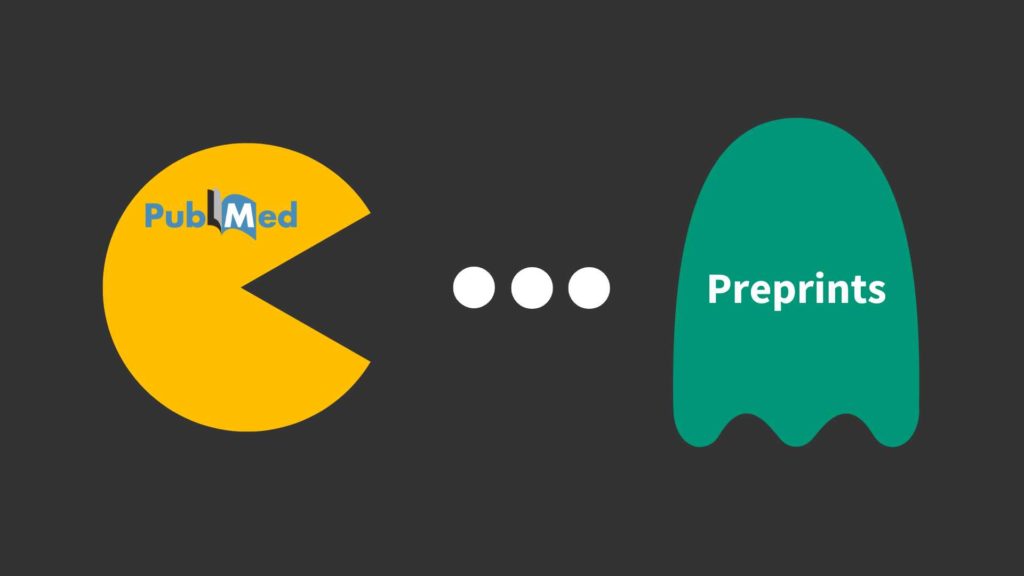
Preprints Are Now in PubMed
The NIH Preprint Pilot, which aims to expand access to NIH-funded research by increasing the discoverability of preprints, entered its second phase on January 1, 2023. Read on to find out what this means for the Stanford Medicine community.
What is It?
Starting January 2023, phase two of the NIH Preprint Pilot begins. All preprints that either acknowledge direct NIH support or have an NIH-affiliated author listed and posted to an eligible preprint server will now be discoverable in PubMed and PubMed Central. Phase one of the NIH Preprint Pilot focused on SARS-CoV-2 virus COVID-19-related preprints from June 2020 to December 2022. Going forward, all NIH-supported research posted on eligible servers will be included in PMC and PubMed!
Searching for Preprints
To find preprints in PubMed, type preprint[pt] in the search bar (see screenshot below). You’ll retrieve all records in the database labeled with the preprint publication type.
Look for the green banner (pictured below) stating “this is a preprint” when searching in PubMed. The flag alerts you that the record you’re looking at is not from a peer-reviewed journal but is instead from a preprint server. As a reminder, a preprint is a document that has not yet gone through peer review.
How Might You Benefit?
Are you an NIH-funded researcher? We recommend taking advantage of the NIH Preprint Pilot to increase the discoverability and impact of your research. Here’s how you can participate in the NIH Preprint Pilot:
- Post a preprint to one of the following eligible servers on or after January 1st, 2023:
- Acknowledge direct NIH support and/or have an NIH-affiliated author listed on the manuscript. For more information on acknowledging NIH support, check out the 2017 guidance from NIH.
- Preprints are added to PubMed weekly. Check PubMed for your preprint record after a week has elapsed.
- Add your preprints to your MyBibliography account and link them to your award.
Before you post your preprint, check out the policy of the journal in which you aim to publish your manuscript. Individual journals have their own preprint policies. Use the Sherpa Romeo tool to review journal policies quickly.
Not an NIH-funded researcher? You can still benefit from this initiative because:
- Preprints accelerate the dissemination of research findings. Look at preprints to find the most recent work in your area of interest.
- If you find an interesting article behind a paywall and don’t have time to wait for a copy through DocXpress –check to see if a preprint version of the manuscript exists for immediate access.
- Preprints may benefit your career. Take a look at our interview with Dr. Maya Mathur to learn more.
Learn More
Funk, K., Zayas-Cabán, T., & Beck, J. (2022). Phase 1 of the NIH Preprint Pilot: Testing the viability of making preprints discoverable in PubMed Central and PubMed [Preprint]. Scientific Communication and Education. https://doi.org/10.1101/2022.12.12.520156
NIH Preprint Pilot Accelerates and Expands Discovery of Research Results
Sam’s Scholarly Snacks is a Lane Medical Library blog series that covers topics related to scholarly communication. If you want to see a specific topic covered or have questions about preprints, please contact Sam Wilairat, Research Communications Librarian.